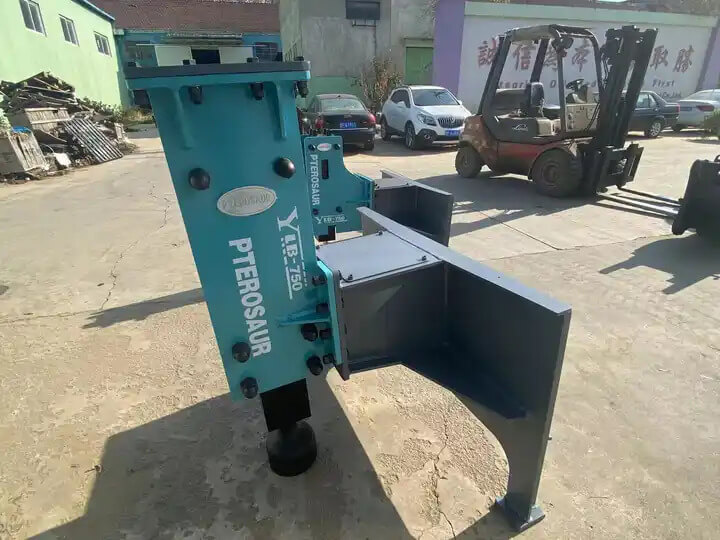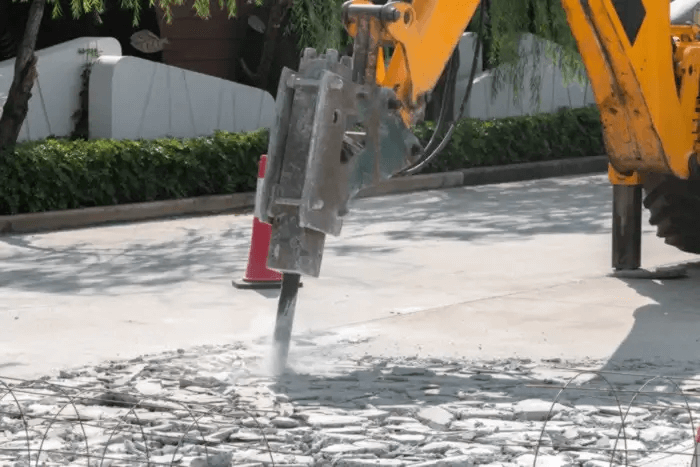Understanding Kent Hydraulic Hammers: A Comprehensive Guide
Hydraulic hammers, particularly those produced by Kent, have become essential tools in construction, demolition, and heavy equipment operations. This article delves into the various models, maintenance practices, and functionalities of Kent hydraulic hammers, with a focus on the KF series, including the KF1, KF2, KF3, KF4, KF5, and KF6 models.
Overview of Kent Hydraulic Hammers
Kent hydraulic hammers are renowned for their reliability and efficiency. They come equipped with advanced features such as on-board accumulators that help absorb hydraulic system spikes, enhancing the performance and longevity of the equipment. The hammers are designed to be versatile, easily attaching to various machines like mini-excavators and skid-steer loaders.
Key Features of Kent Hammers
- Durability: The design includes increased front head wall thickness, which significantly extends the service life of the hammer.
- Maintenance Kits: Every new hydraulic breaker comes with a comprehensive tool kit that includes special tools and wrenches necessary for routine maintenance and repairs.
- User-Friendly Manuals: Each model is accompanied by an owner’s manual that outlines operation guidelines, maintenance schedules, and troubleshooting tips.
Models of Kent Hydraulic Hammers
KF Series
The KF series is a popular line of hydraulic breakers that includes several models, each tailored for different applications:
- KF1, KF2, KF3: These models are ideal for moderate demolition tasks and are designed to provide optimal performance with minimal wear.
- KF4 and KF5: These models are more robust, suitable for heavier demolition projects, and enhanced with features that allow them to handle demanding conditions effortlessly.
- KF6: This model represents the pinnacle of Kent’s offerings, designed for large-scale operations, providing unmatched power and efficiency.
Repair and Maintenance
Regular maintenance is crucial to ensure the longevity and optimal performance of Kent hydraulic hammers. According to the Hydraulic Hammer Owners Manual, operators should:
- Conduct daily inspections to assess the hammer’s condition and identify any potential issues early.
- Use the recommended hydraulic oil and ensure that it is changed periodically to maintain peak operational efficiency.
- Avoid making unauthorized alterations to the hammer, as this can lead to performance issues or damage.
Parts and Service
Kent hammers are designed with serviceability in mind. If components such as pistons or cylinders become worn or damaged, they can often be rebuilt rather than replaced. Companies specializing in Kent hydraulic hammers, like HBS, offer services to restore these parts, saving operators the high cost of new replacements. Additionally, a wide range of new and used parts is readily available for core exchange.
Conclusion
Kent hydraulic hammers are invaluable tools in the construction and demolition industry. With their robust design, comprehensive maintenance kits, and user-friendly manuals, they provide operators with the resources needed to ensure efficient and effective operations. By adhering to maintenance guidelines and utilizing available repair services, users can maximize the lifespan and performance of their Kent hydraulic hammers, making them a worthwhile investment for any heavy machinery fleet. For those considering purchasing or servicing a Kent hammer, understanding the features and requirements will lead to more informed decisions and improved operational success.




































